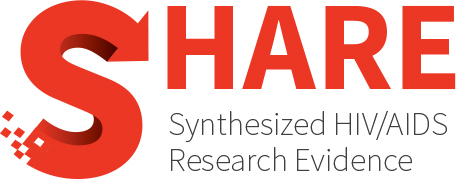Category Archives: Drug use behaviours/harm reduction
NARCAN® Nasal Spray efficacy for emergency treatment of opioid overdose
Key take-home messages The administration of ready-to-use, needle-free concentrated NARCAN® Nasal Spray (containing 4mg of naloxone hydrochloride in low volume of 0.1 mL) results in pharmacokinetic parameters that either equal...
HIV prevalence and correlations in prisons in different regions of the world: A review article
The prevalence of HIV is substantially higher among prisoners than the general population, while the incidence varies considerably in different regions around the world. If we consider Sub-Saharan Africa as...
Social network and HIV risk behaviors in female sex workers: A systematic review
BACKGROUND: Social network characteristics have an important role in understanding HIV transmission among female sex workers. The purpose of this systematic review was to summarize and critically appraise the existing...
Injection drug use, HIV/HCV, and related services in nonurban areas of the United States: A systematic review
BACKGROUND: Injection drug use (IDU) in nonurban areas of the United States is a growing public health concern, but there has been no comprehensive assessment of existing research on injection-related...
Integrated models of care for individuals with opioid use disorder: How do we prevent HIV and HCV?
PURPOSE OF REVIEW: To describe models of integrated and co-located care for opioid use disorder (OUD), hepatitis C (HCV), and HIV. RECENT FINDINGS: The design and scale-up of multidisciplinary care...
A systematic review of interventions by healthcare professionals to improve management of non-communicable diseases and communicable diseases requiring long-term care in adults who are homeless
OBJECTIVE: Identify, describe and appraise trials of interventions delivered by healthcare professionals to manage non-communicable diseases (NCDs) and communicable diseases that require long-term care or treatment (LT-CDs), excluding mental health...
